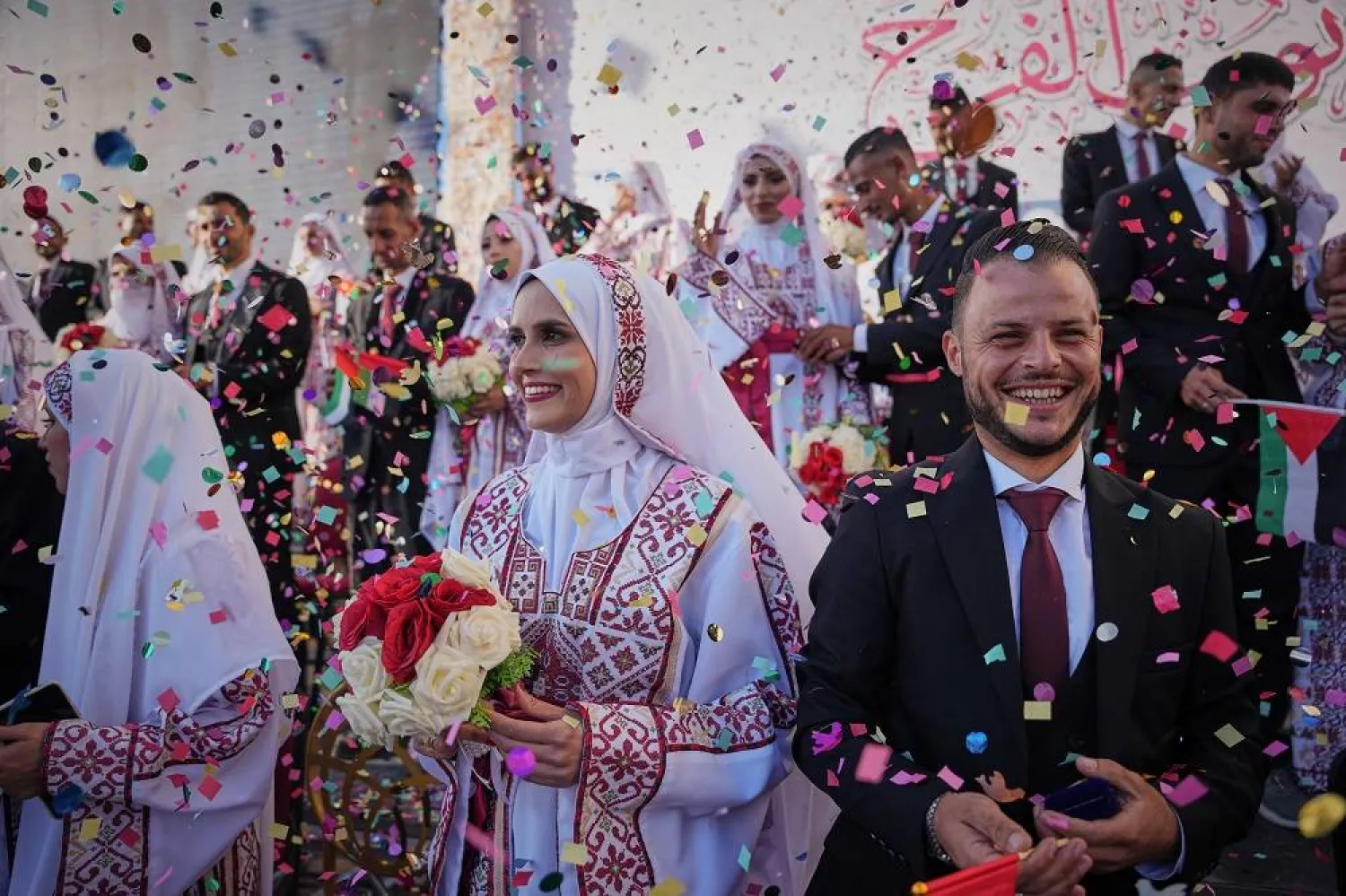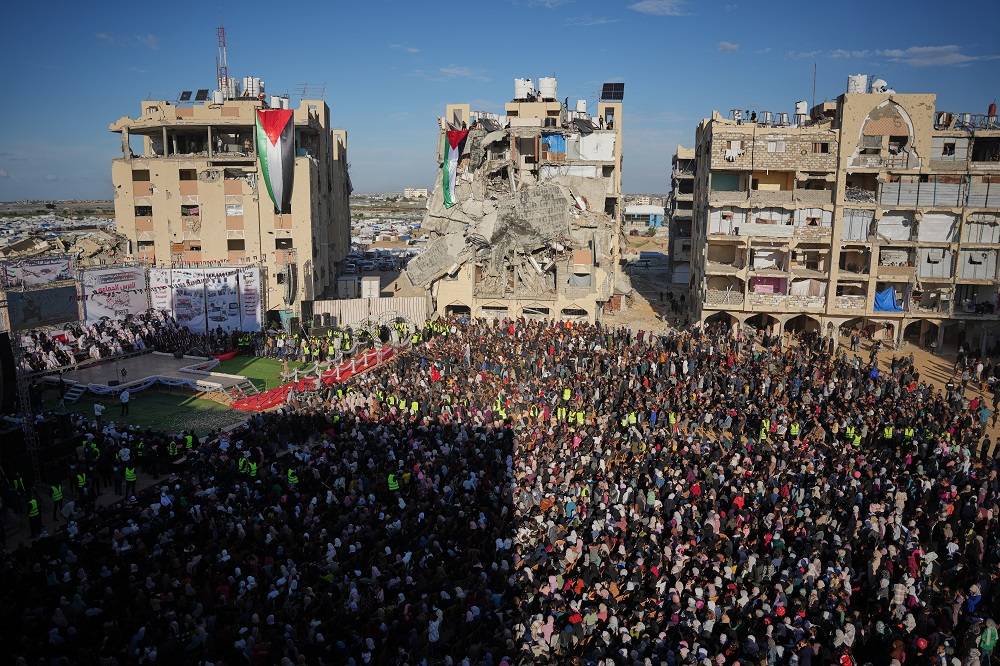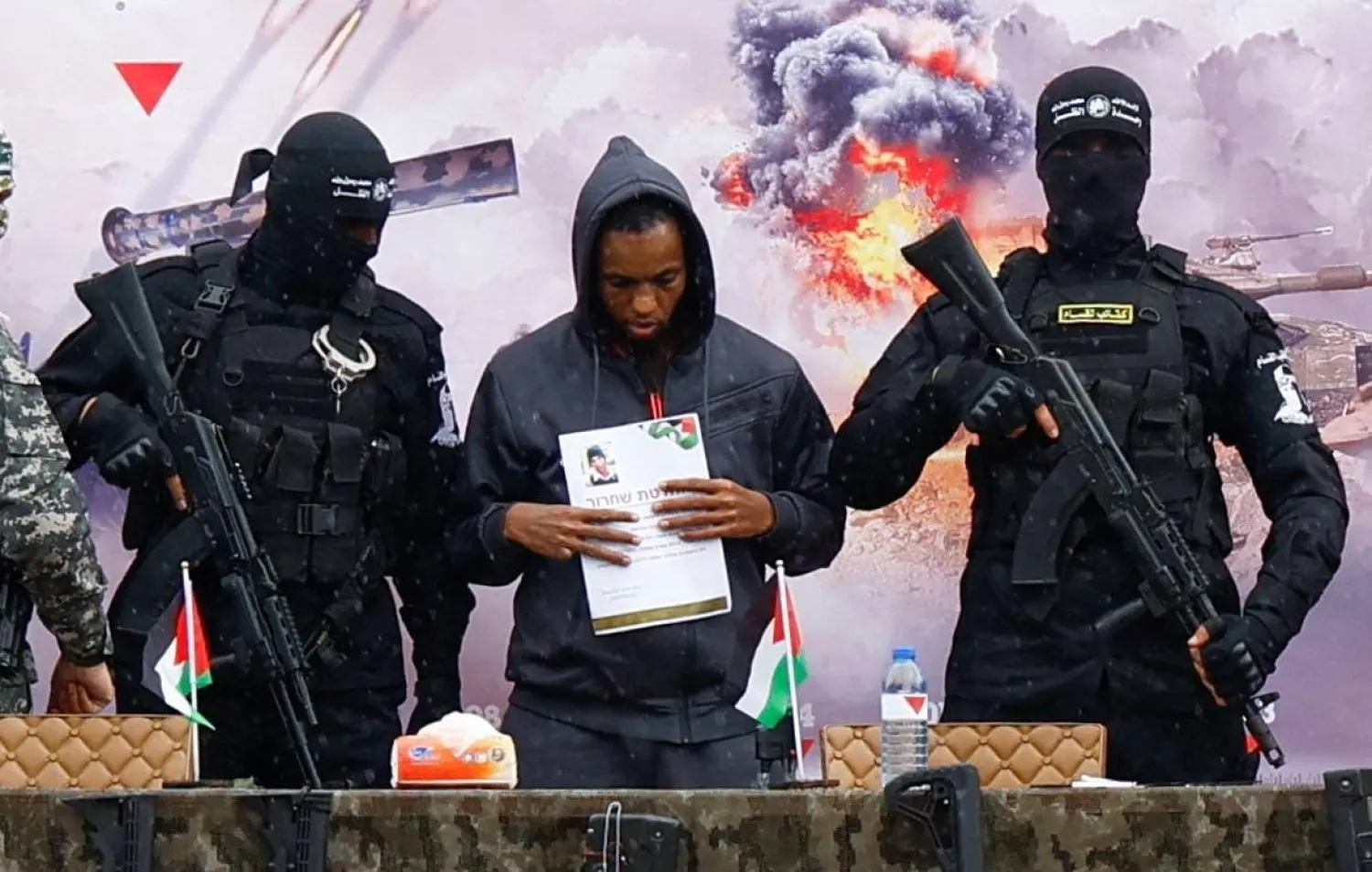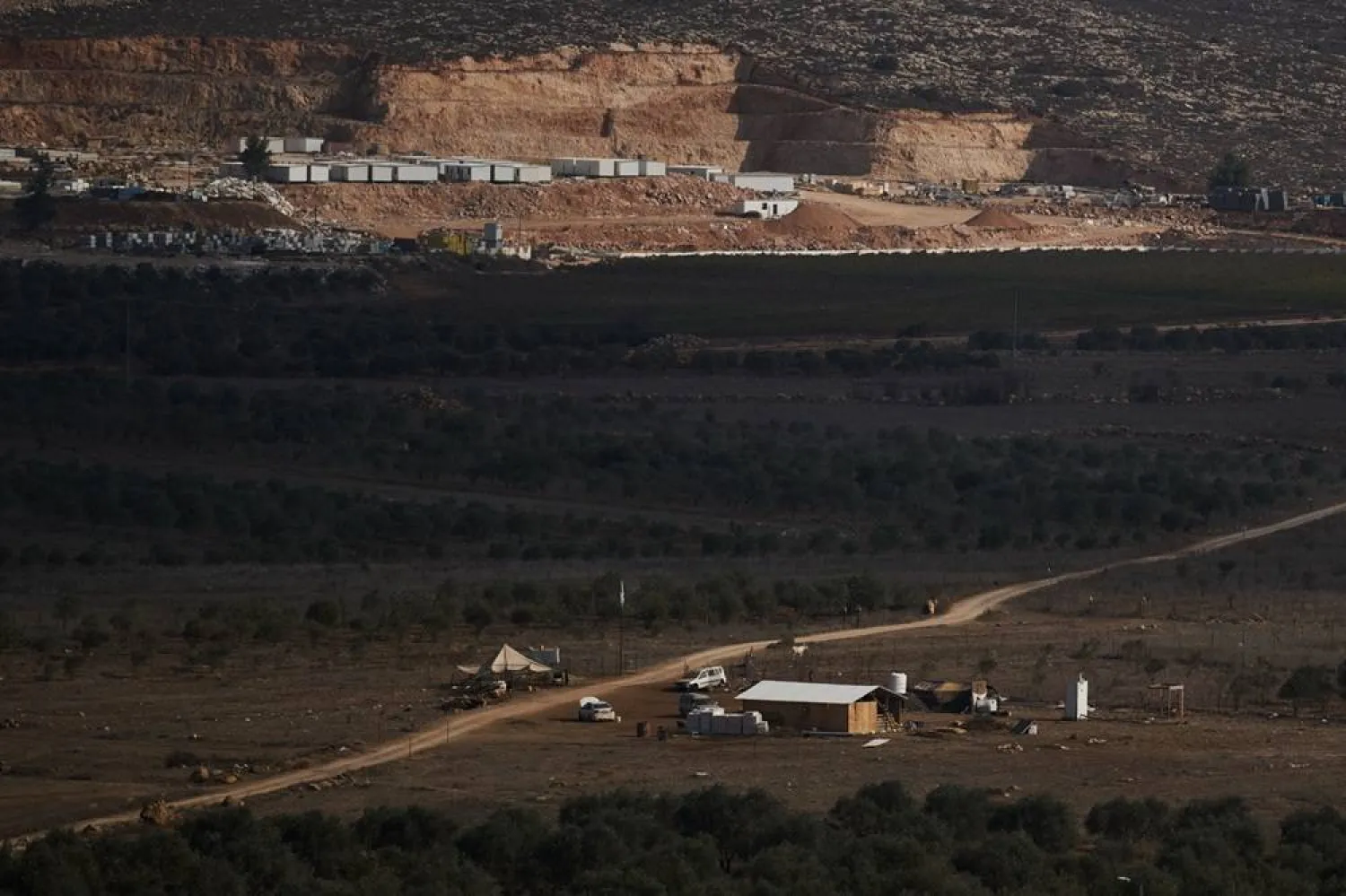Mahmoud Abbas (Fatah Movement): He assumed the position of prime minister from March 19 till September 6, 2003. He was born in Safad in the far north of Palestine in 1935. His family moved to Syria after the 1948 Nakba. Abbas graduated from the University of Damascus. After enrolling briefly at the Faculty of Law at Cairo University in Egypt, he pursued his studies in Russia and received a Doctorate in political history from the People’s Friendship University in Moscow. He worked in the field of teaching and educational administration in Qatar and was active in political work. He was one of the first leaders of Fatah movement after its establishment. Since then, he took on leadership positions until 2005, when he became president of Fatah and the Palestinian Authority, succeeding former President Yasser Arafat, aka Abu Ammar.
Ahmed Qurei (Abu Alaa) (Fatah): He served as prime minister from October 7, 2003 until December 18, 2005. He was born in Abu Dis, a suburb of East Jerusalem in 1937. A political activist, he started working in the banking sector in Saudi Arabia. Then he got fully engaged in politics with Fatah in 1968. He founded the "SAMED" (Sons of Martyrs of Palestine) in Beirut during the early 70's and served as its director general until it stopped working in 2007-2008. He assumed the post of director general of the Department of Economic Affairs and Planning of the Palestine Liberation Organization. He played a key role in the peace negotiations, where he served as general coordinator of Palestinian delegations for multilateral negotiations and headed the Palestinian delegation during the Palestinian-Israeli talks in Oslo, Norway.
Nabil Shaath (Fatah): He was an interim prime minister between December 18 and 24, 2005. He was born in Safad in 1938 to a father who was the director of the Arab Bank and a Lebanese mother. He was a political banker, a businessman and an academic. His family settled in the Egyptian city of Alexandria. He graduated with a Bachelor's degree in business administration from the University of Alexandria and continued his higher education in the United States, where he received a Master's and Doctorate from the famous Wharton School at the University of Pennsylvania in Philadelphia. He founded several companies, worked as an economic consultant, and for years was a professor at the American University of Beirut. Shaath served as an adviser to Yasser Arafat.
After the establishment of the Palestinian National Authority, he returned to Gaza, where he was elected deputy to Khan Yunis, appointed Minister of Planning and International Cooperation. Under Qurei’s government, he was appointed Deputy Prime Minister and Minister of Information.
Ahmed Qurei (Fatah): From December 24, 2005, till March 29, 2006.
Ismail Haniyeh (Hamas): From March 29, 2006, to June 14, 2007. During this period, he served as the head of the “tenth government” and then the “eleventh government” - known as the “national unity government” - until its dissolution and its transformation into a caretaker government, in accordance with the Palestinian Basic Law, and its effective authority has since been confined to the Gaza Strip. Haniyeh was born in Al-Shati refugee camp in the Gaza Strip in 1962. His parents fled to the city of Ashkelon after 1948. He studied at the Islamic University in Gaza and graduated with honors in Arabic literature. He was awarded an honorary doctorate from the same university in 2009.
He began his political activity within the "Islamic bloc", which was the student arm of the Muslim Brotherhood, from which emerged the Islamic Resistance Movement (Hamas). He was imprisoned by the Israeli authorities in 1989 for three years and then exiled in 1992 for a year in Marj al-Zuhour in south-eastern Lebanon with a group of Hamas leaders. In 1997, Haniyeh was appointed head of the office of Sheikh Ahmed Yassin, the spiritual leader of Hamas. In December 2005, he headed the Change and Reform List, which won the majority of votes in the second Palestinian legislative elections in 2006. On February 16, 2006, Hamas nominated him for the post of prime minister, to which he was appointed on February 20.
Dr. Salam Fayyad (the "Third Way" bloc): He took office on June 17, 2007, until April 11, 2013. He was born in 1952 in the town of Deir al-Ghusun, near the city of Tulkarm in the far west of the West Bank. In 1975, he received a BA from the American University of Beirut. He then traveled to the United States where he received his Master's degree in accounting from the University of St. Edward, Texas, and then in 1986 his Ph.D. in economics from the University of Texas - Austin.
Fayyad then worked at the World Bank headquarters in Washington, DC, and was promoted to the post of Executive Advisor to the Executive Director (1992-1995). After the signing of the Oslo Agreement in 1993, he served as Resident Representative in Jerusalem to the International Monetary Fund (IMF). In 2002, he was appointed Minister of Finance until 2005. In 2007 he headed an emergency government.
Dr. Rami Hamdallah (Fatah): From June 3, 2013, until March 10, 2019. He was born in 1958 in the town of Anabta near Tulkarm. He graduated from the University of Jordan and then traveled to Britain where he received a Master’s degree from Manchester University in 1982 and a Doctorate in Applied Linguistics from Lancaster University in 1988. He worked as an English professor at An-Najah University, before becoming university president in 1998. He is the secretary-general of the Palestinian Central Elections Commission since 2002.
Dr. Mohamed Ashtiyeh (Fatah): he became prime minister on March 10, 2019.
Read more on Ashtiyeh by clicking here.
Palestinian Prime Ministers Since 2003

Ahmed Qurei, Mahmoud Abbas, and Nabil Shaath

Palestinian Prime Ministers Since 2003

Ahmed Qurei, Mahmoud Abbas, and Nabil Shaath
لم تشترك بعد
انشئ حساباً خاصاً بك لتحصل على أخبار مخصصة لك ولتتمتع بخاصية حفظ المقالات وتتلقى نشراتنا البريدية المتنوعة








